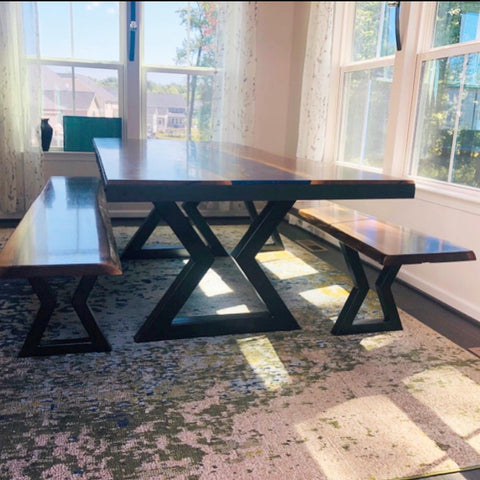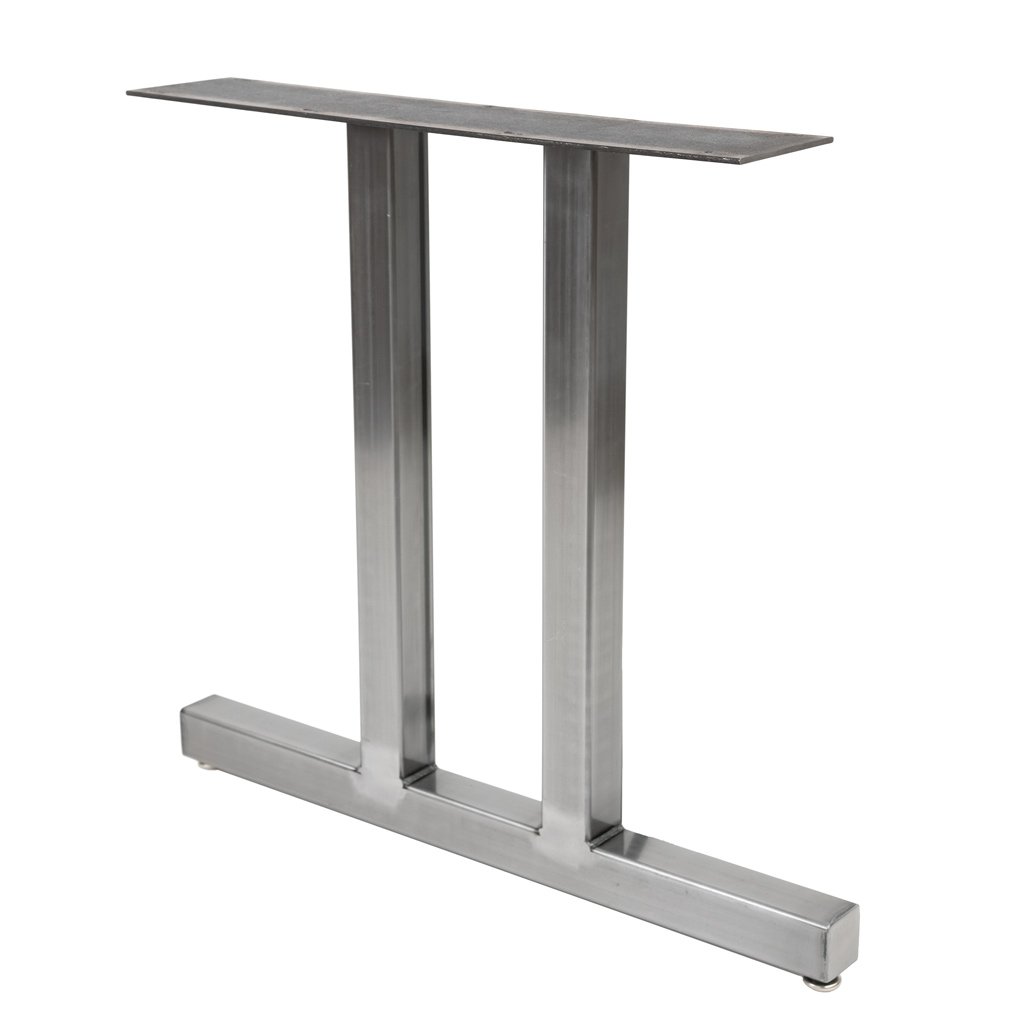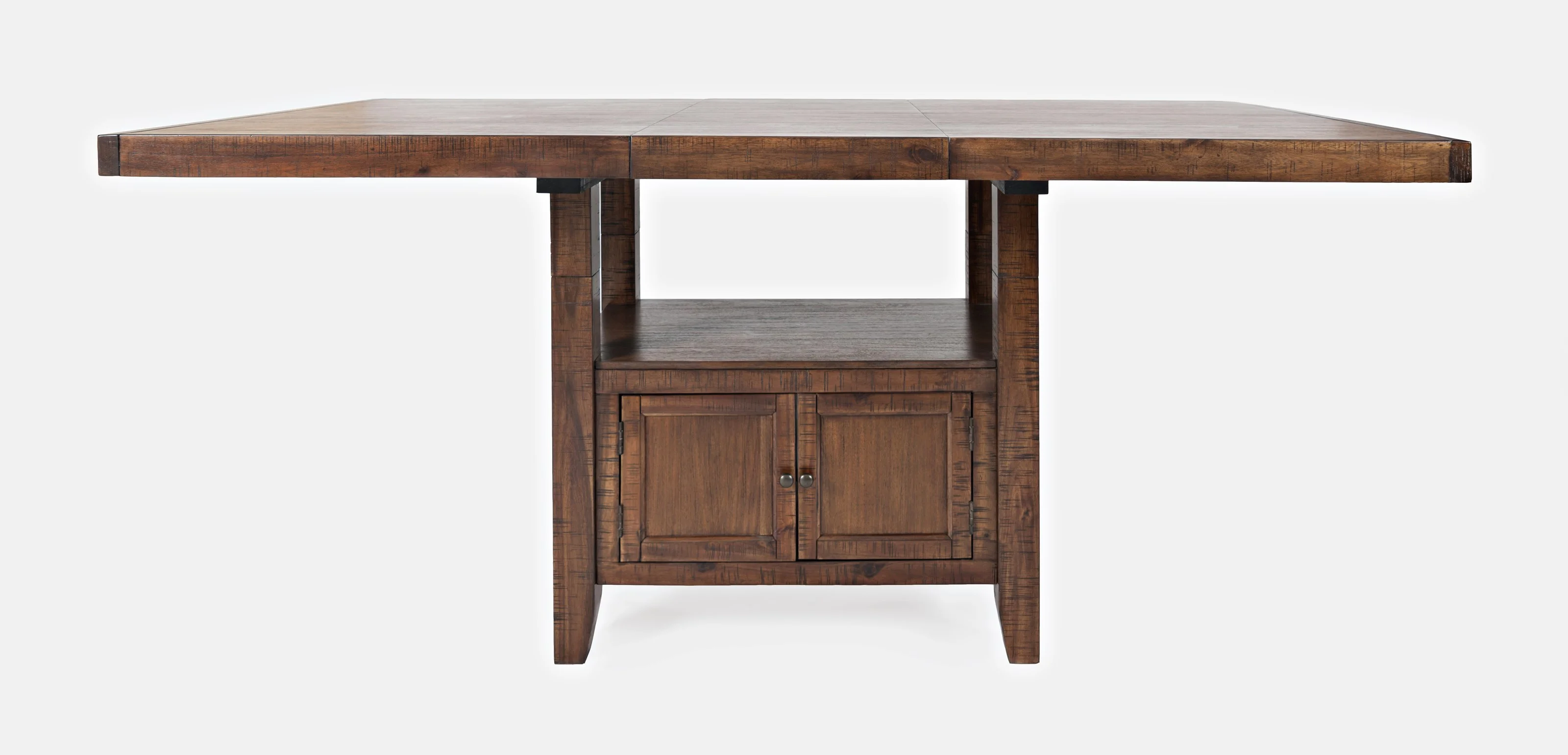Tips for Installing Dining Room Table Legs for a Modern Look
Tips for Installing Dining Room Table Legs for a Modern Look
Blog Article
Exactly How to Pick the Perfect Dining Space Table Legs for Your Home Decor
Selecting the suitable eating room table legs is a nuanced process that needs mindful consideration of different aspects, including your room restrictions, visual choices, and useful requirements. The interaction in between styles, materials, and measurements can substantially affect the setting of your eating location, making it important to approach this choice methodically. As you contemplate the myriad options offered, it ends up being clear that the appropriate choice extends beyond mere appearance; it can enhance your overall dining experience. What elements should you prioritize to ensure your choice matches your home's special character?
Assess Your Eating Area
Analyzing your eating area is important for selecting the right table legs that complement both looks and performance. Begin by determining the dimensions of your dining area, consisting of ceiling elevation, floor room, and distance to other furniture. This info will help establish the proper size and elevation of your eating table, which straight influences the selection of table legs.
Following, consider the design and layout of your eating space. For circumstances, an open-concept layout may benefit from table legs that supply visual agility, such as slim metal or acrylic choices. Alternatively, a more standard setup might require sturdy wooden legs that give a sense of permanence.
Review the existing color combination and materials in your eating location. Integrating the table legs with these elements produces a cohesive appearance that improves the general decor. Furthermore, think of the functionality called for in your space. For instance, if you regularly host large gatherings, think about legs that supply added assistance and security.
Inevitably, an extensive evaluation of your eating room will guide you in making an informed decision, ensuring that your table legs not only enhance the visual appeal but also offer practical objectives.
Consider Your Style Preferences
When picking eating space table legs, it is crucial to assess your individual design preferences, as they substantially influence the general aesthetic of your eating area. Your selection of table legs can either enhance or contrast with existing decoration, making it essential to align them with your recommended indoor design motif.
If your home leans in the direction of a contemporary aesthetic, take into consideration smooth metal or minimal wooden legs that provide a tidy, clean look. For an extra standard method, luxuriant wooden legs with intricate makings can add a touch of style and class. Industrial styles benefit from durable, basic materials such as recovered wood and steel combinations, mirroring a tough charm.
In addition, farmhouse and rustic styles usually favor sturdy, chunky legs that stimulate a sense of heat and comfort. On the other hand, if your decoration is diverse, you might select unconventional shapes or a mix of products to create aesthetic interest.

Evaluate Material Options
The option of product for dining room table legs plays an essential duty in both resilience and visual allure. Usual products consist of wood, metal, and composite choices, each offering unique features that can affect the overall look and longevity of your table.
Wood is a traditional option, understood for its heat and convenience. Woods like oak and walnut give remarkable stamina and can be completed in different spots to match any type of decoration. Softwoods like yearn are a lot more susceptible to dents and scratches, making them much less excellent for high-traffic locations.
Steel legs, commonly crafted from steel or light weight aluminum, emanate modernity and commercial appeal. They are immune and very long lasting to use, making them appropriate for families with find out this here youngsters or constant events (dining room table legs). Furthermore, metal can be ended up in different colors, enhancing the customization opportunities
Composite materials, such as MDF or see post laminate, offer cost and diverse designs. While generally much less long lasting than strong wood or steel, they can still give a fashionable look and are commonly simple to maintain.
Inevitably, the material you pick must align with your lifestyle, visual preferences, and the degree of use your eating table will experience.
Determine Elevation and Dimension
Selecting the proper height and dimension for your dining area table is necessary for both functionality and convenience. The conventional elevation for dining tables typically varies from 28 to 30 inches, allowing enough legroom for many people when seated. Nevertheless, it is essential to think about the measurements of your dining room and the types of chairs you intend to use.

In addition, consider the proportions of your dining-room. A larger table in a spacious area can produce a grand atmosphere, while a smaller sized table functions well in even more intimate setups. Inevitably, the right height and size will harmonize with your overall design and enhance the dining experience for you and your guests.
Explore Personalization Possibilities

Additionally, the design of the legs can be tailored to fit different styles, such as rustic, modern, or commercial. For example, tapered legs can stimulate a mid-century contemporary feel, while beefy, block-style legs may resonate with typical or farmhouse decoration.
Homeowners can additionally explore shade surfaces, from all-natural wood stains to repaint, enabling them to match or comparison with the tabletop and bordering design.
Moreover, leg elevation can be gotten used to accommodate certain seating arrangements or individual preferences, improving both comfort and performance.
Lastly, special embellishments, such as carvings or ornamental brackets, can additionally personalize the table legs, making the dining experience not simply a statement yet a meal item in the home. By considering these personalization options, house owners can develop a dining area table that truly shows their originality.
Conclusion
Choosing the ideal dining area table legs requires careful factor to consider of different factors, including the measurements of the eating area, design preferences, product resilience, and wanted height. Personalization alternatives even more boost the ability to attain a natural aesthetic that enhances the general style. By methodically evaluating these elements, homeowners can make certain that the chosen table legs not only fulfill functional demands however likewise add favorably to the eating experience and atmosphere of the home.
Picking the excellent eating room table legs is a nuanced process that requires careful consideration of various elements, including your space restrictions, aesthetic preferences, and useful needs.Examining your dining area is vital for picking the right table legs that match both aesthetic appeals and capability.When establishing dimension, determine the location where the table will certainly be put to ensure it fits conveniently, allowing for at the very least 36 inches of clearance around the table for very easy activity. A bigger table in a roomy area can develop a grand setting, while a smaller sized table works well in even more intimate setups.Choosing the suitable eating room table legs calls for mindful consideration of various variables, consisting of the dimensions of the eating room, style preferences, product toughness, and preferred height.
Report this page